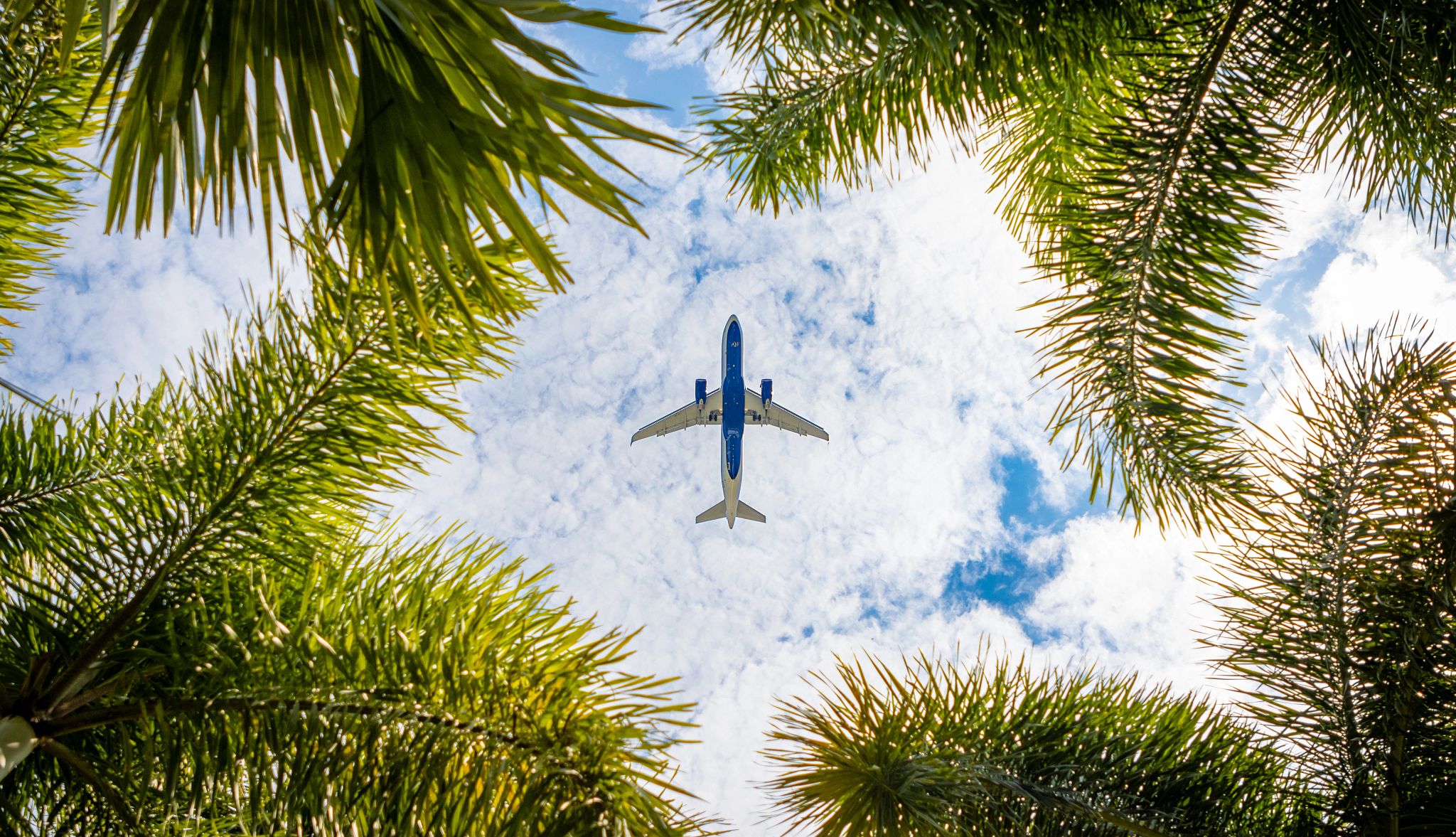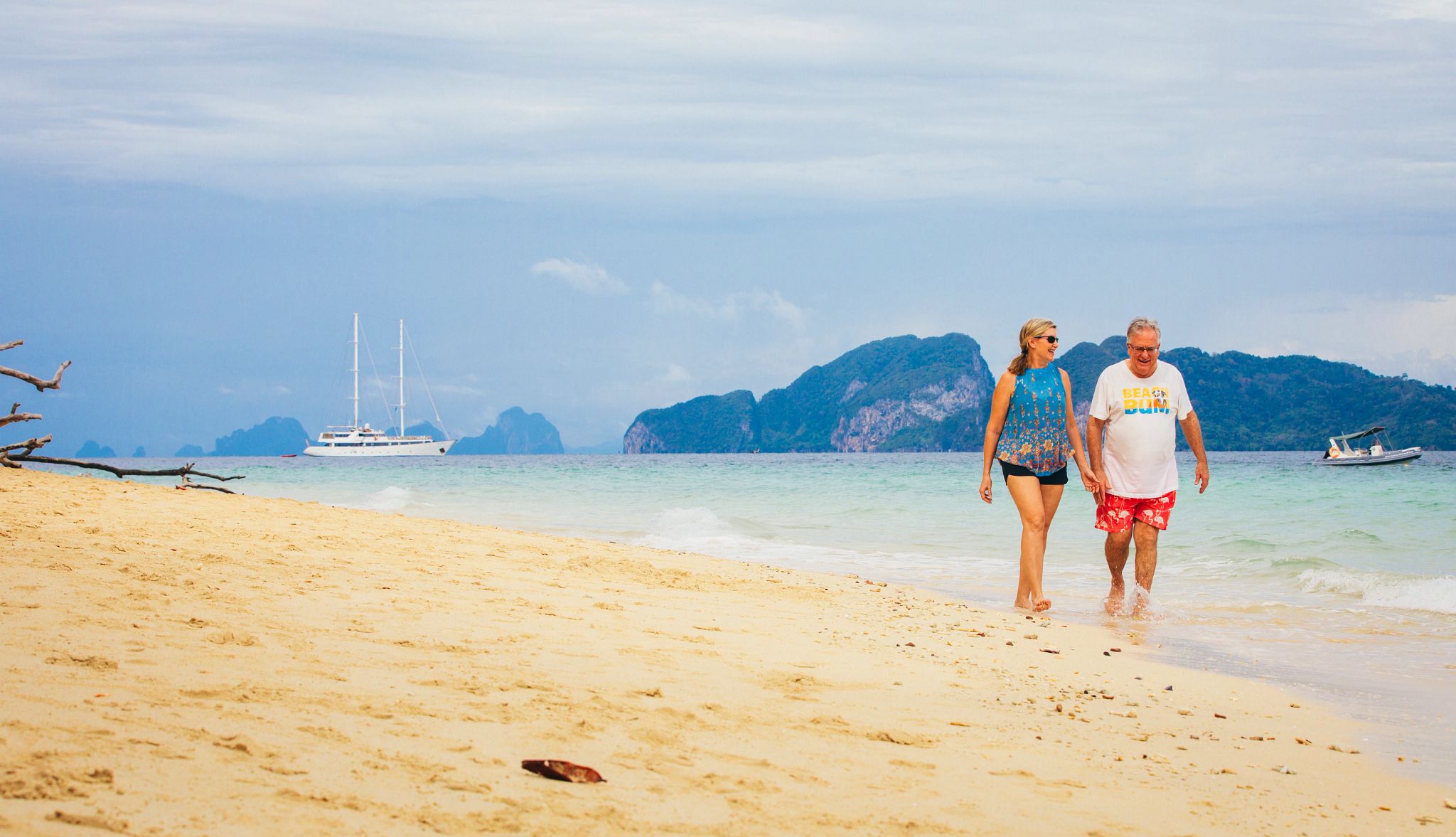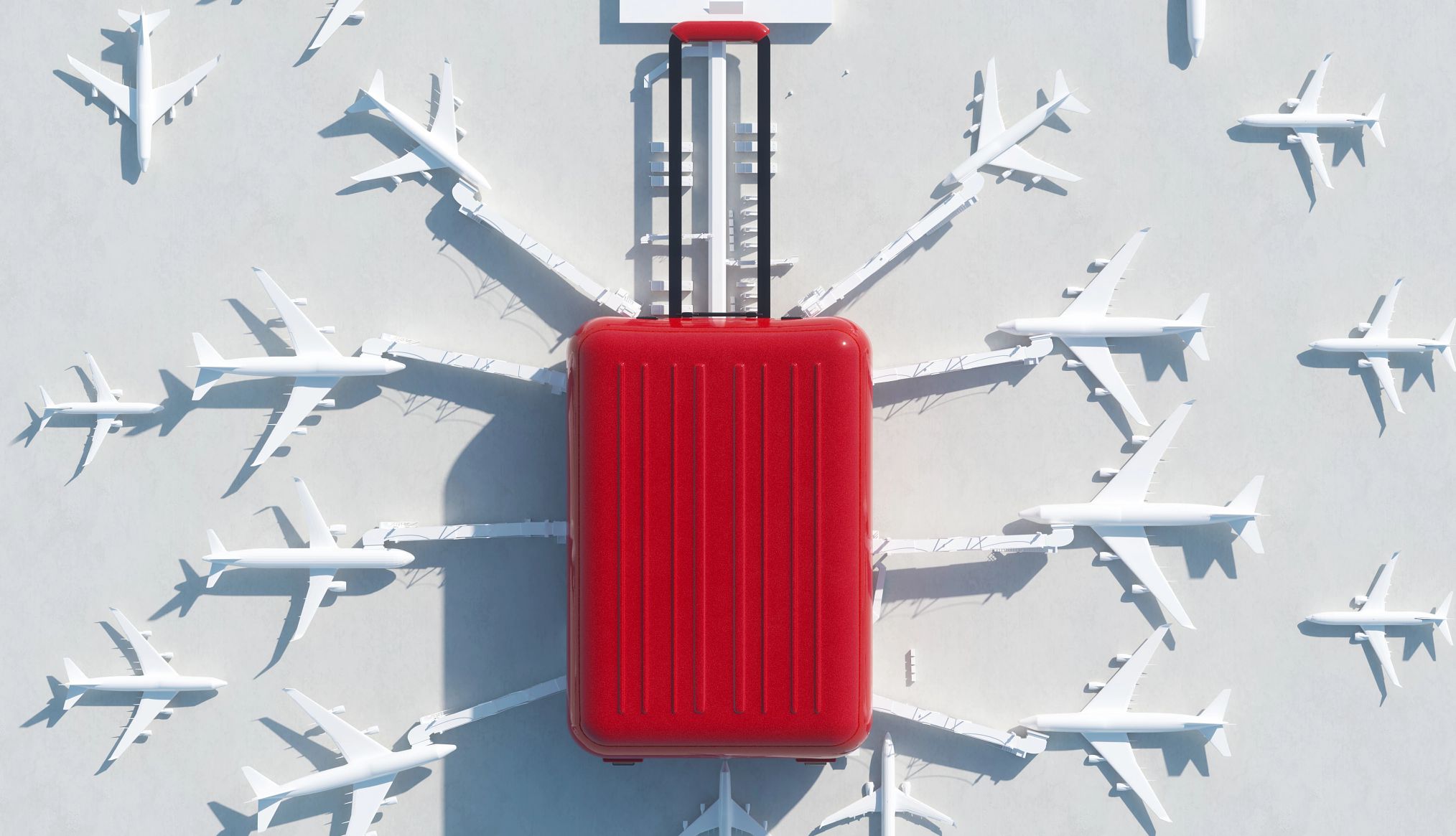AARP Hearing Center
No matter how badly you may want to go on vacation, a week away may not be feasible. A trip lasting a week or more may be too expensive, too complicated to plan or require taking too much time off work. Yet, a staycation closer to home or a weekend away may not be enough to explore and recharge.
In the latest AARP Travel Trends survey, traveling to relax and rejuvenate is among the top three reasons adults 50-plus cite as a motivation to take a trip. In addition, the majority of those surveyed believe travel is beneficial for their health.
The answer to achieving these relaxing effects may be a trip that falls somewhere in between. For many, including me, the answer is a microvacation.
Microvacations are “perfect for anyone looking to recharge, explore and experience something new without the commitment of a longer holiday,” says Leigh Barnes, president of the Americas for Intrepid Travel. Plus, “they’re simple and can often be thrown together at the last minute, and they really change the pace,” says Jorge Salas-Guevara, 53, a senior leader and founder of New Paths Expeditions.
The goal of a microvacation “is to have all the refreshment of a longer vacation without requiring the time, planning or budget commitment of a full week off,” explains Melanie Fish, the vice president of global public relations for Expedia Group Brands, who is in her 50s.
Here’s how to plan the perfect microvacation.
How long is a microvacation?
Microvacations are always under a week and typically last three to five days, explains Daniel Herszberg, a cofounder of Travel Insighter who takes several microvacations a year. Three to five days is ideal because it’s long enough to break up your regular routine without the disruption or stress of planning a longer trip, says Salas-Guevara.


Select a destination that is easily accessible
When your vacation is only a few days long, getting to your destination shouldn’t take up too much of your time, Herszberg explains.
Selecting a destination that doesn’t require traveling more than five hours is a good guideline, Salas-Guevara says. For example, Salas-Guevara recently took a microvacation that involved a 90-minute flight from his home, followed by a one-hour drive to a whale-watching destination where he stayed for five days. “It worked beautifully,” he says.






































































